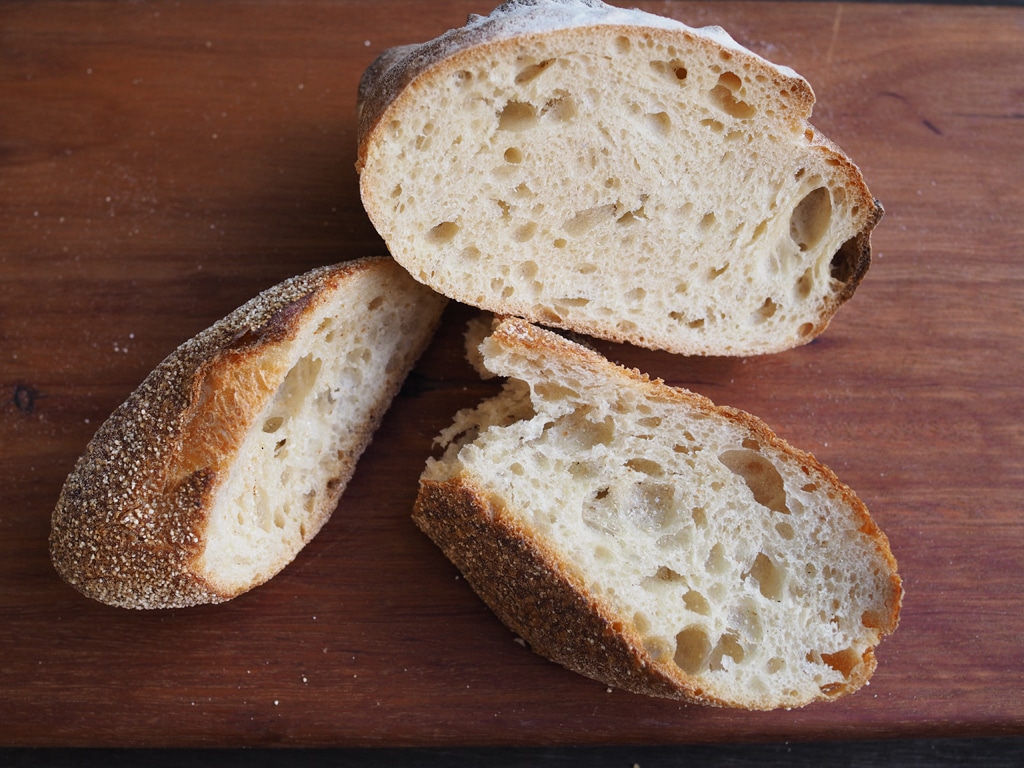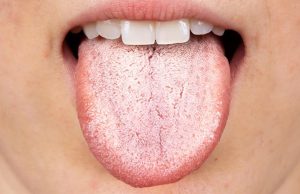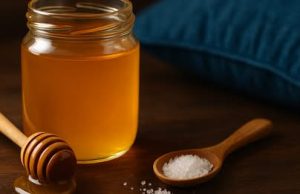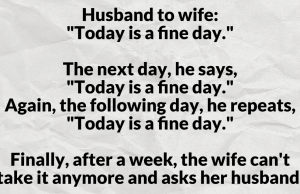
We’ve all had the experience of seeing a crusty loaf of bread on the counter and wondering if it’s genuinely ruined or merely stale.
Although bread can quickly get stale, it is usually still safe to consume.
The loaf has merely lost moisture through a natural process known as retrogradation if it is hard and dry but does not exhibit any indications of mold. Even while it might not be the best for eating on its own, it is still safe to consume and is even preferred in many recipes.

It’s easy to salvage stale bread. You may toast it to add a nice crunch or wrap it in foil and reheat it in the oven to restore its softness. Because it absorbs liquids without being mushy, slightly firm bread works well for a variety of recipes, including bread pudding, stuffing, croutons, and French toast.
Think of stale bread as a multipurpose culinary ingredient that can be used in both savory and sweet recipes, such as panzanella or bread pudding, or pulsed into breadcrumbs or cubed for croutons. Because of its solid firmness, it absorbs sauces, broths, and dressings well without crumbling.
However, moldy bread is a serious health hazard.
The entire loaf should be thrown out if there is even a tiny patch of green or black mold. Because bread is porous, mold can grow there covertly, and eating it might result in allergic reactions or other health problems because of chemicals called mycotoxins.

Storing food properly helps keep it from spoiling. Store bread in a paper bag at room temperature for short-term use. Freezing is the best option for long-term storage because it maintains freshness without turning the bread stale. Bread staleness is actually accelerated by refrigeration, therefore avoid doing so.
In conclusion, moldy bread is dangerous and ought to be thrown away, but stale bread may be a culinary asset, adding texture and taste to many recipes. By being aware of the differences, you may maximize your bread consumption while maintaining a safe and healthy kitchen.
















